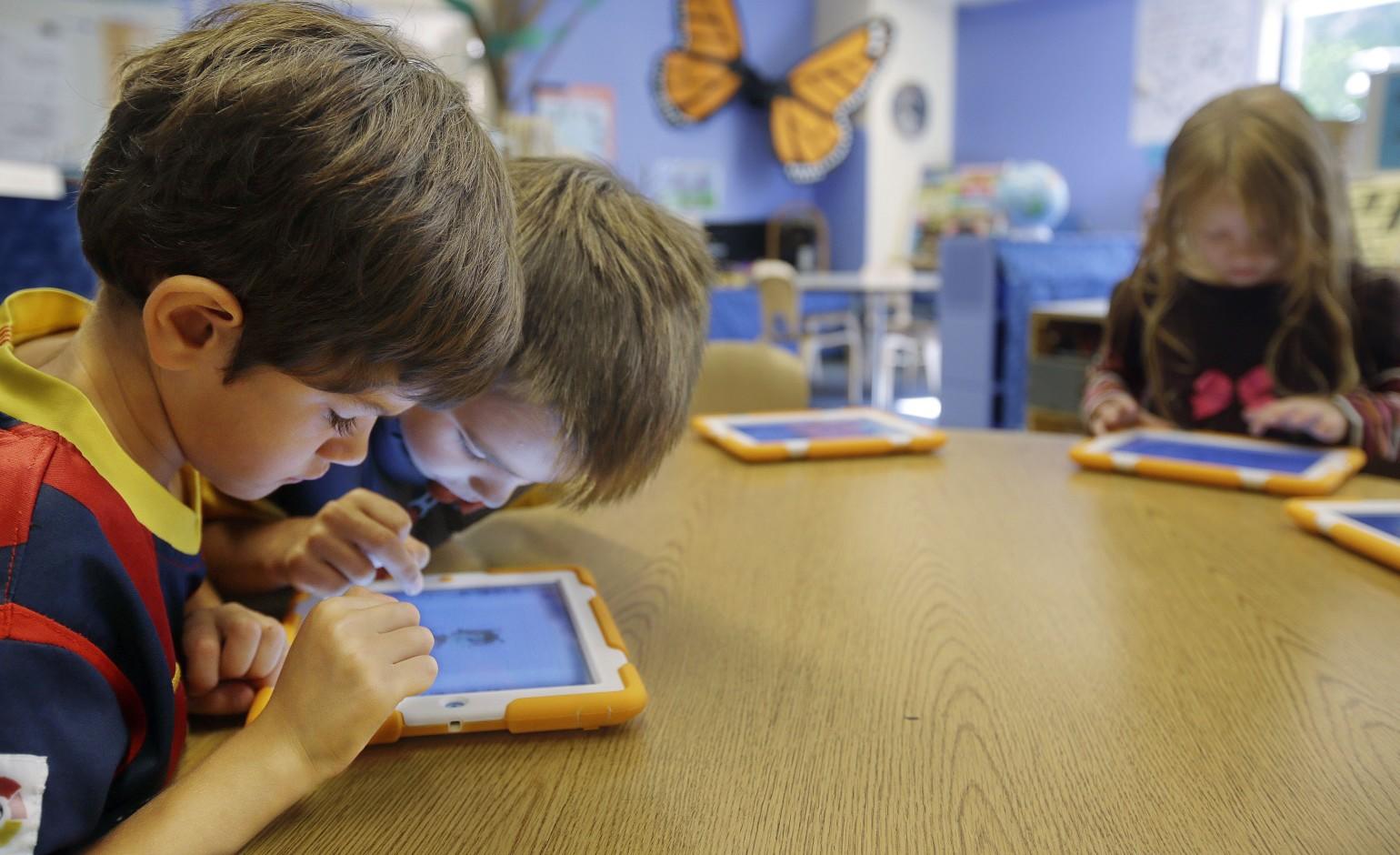Hundreds of thousands of kindergartners across the country expected to enroll in traditional schools or attend online classes have been no-shows.
The coronavirus pandemic, the economic fallout, and two years of inconsistent guidance from the Centers for Disease Control and Prevention have worried parents to the point that they’ve chosen to forgo traditional schools altogether. But new data from the federal government seem to show that the decision to keep the children at home might have done more harm than good in the long run.
In all, more than 1 million children who had been expected to enroll in online learning or attend a traditional school failed to show up over the past 18 months since the pandemic hit the United States. The missing students were concentrated in the younger grades, with the steepest drop coming from kindergartners. According to the data, which analyzed enrollment at 70,000 public schools, more than 340,000 kindergartners were no-shows.
CRITICAL MOMENT AT SCHOOL: PUSHING BACK ON THE CRT MOVEMENT
Many educators have been skeptical about the virtues of remote learning for such young students and say it’s important that they get in-person instruction. Kindergarten is also generally where children are first diagnosed with developmental disabilities such as autism spectrum disorder. Missing out could mean even more setbacks academically and socially.
A separate analysis by the New York Times and Stanford University showed that 10,000 local public schools in 33 states lost at least 20% of their kindergartners. In 2018 and 2019, only 4,000 schools saw similar drops.
The largest declines came from neighborhoods just above or just below the poverty line, where the average income for a family of four is less than $35,000. In those communities, the drop was 28% larger than in the rest of the country.
In one Philadelphia school district where the majority of students came from low-income households, kindergarten enrollment dropped by more than a quarter between fall 2019 and fall 2020, according to the analysis. The decline was three times the national rate, accounting for 2,700 missing 5-and-6-year-olds.
There was also a huge drop reported in Jackson, Mississippi, which saw a 24% decrease in kindergartners.
In Connecticut, kindergarten enrollment fell by 4,343 students from 36,566 in October 2019 to 32,223 in October 2020, a nearly 12% decline in a single year. Similar to other state findings, the decline in kindergartners was disproportionately greater among the state’s 33 lowest-performing districts.
The news didn’t get much better for the children who did show up.
Elementary school students ended the 2020-21 school year about four to five months behind where they normally would have been in academic achievement, according to a report by consulting firm McKinsey & Co. that was based on assessments taken by more than 1.6 million elementary school students who had returned to the classroom in the spring. Students that were mostly black or Hispanic ended the year six months behind in math, compared to white children who were only four months behind, the survey found.
CLICK HERE TO READ MORE FROM THE WASHINGTON EXAMINER
In Virginia, less than half of all kindergarteners statewide met the benchmarks for school readiness. The children lost academic and social skills between entering school last fall and finishing this past spring, according to data from the Virginia Kindergarten Readiness Program.
“What we’re seeing is very alarming,” Rich Schultz, president of Smart Beginnings Greater Richmond, told the Henrico Citizen. “But unfortunately, it’s what we expected to see … We knew kids were going to fall even more behind.”
Today, there is still uncertainty and confusion about a cohesive school reopening plan among parents, teachers, and school officials, which some say could signal more setbacks for students.
Washington Examiner Videos
Tags: News, Schools, Education, Education Department, Coronavirus, Virginia, Connecticut
Original Author: Barnini Chakraborty
Original Location: Thousands of kindergartners no-show, putting their futures at risk, experts say


